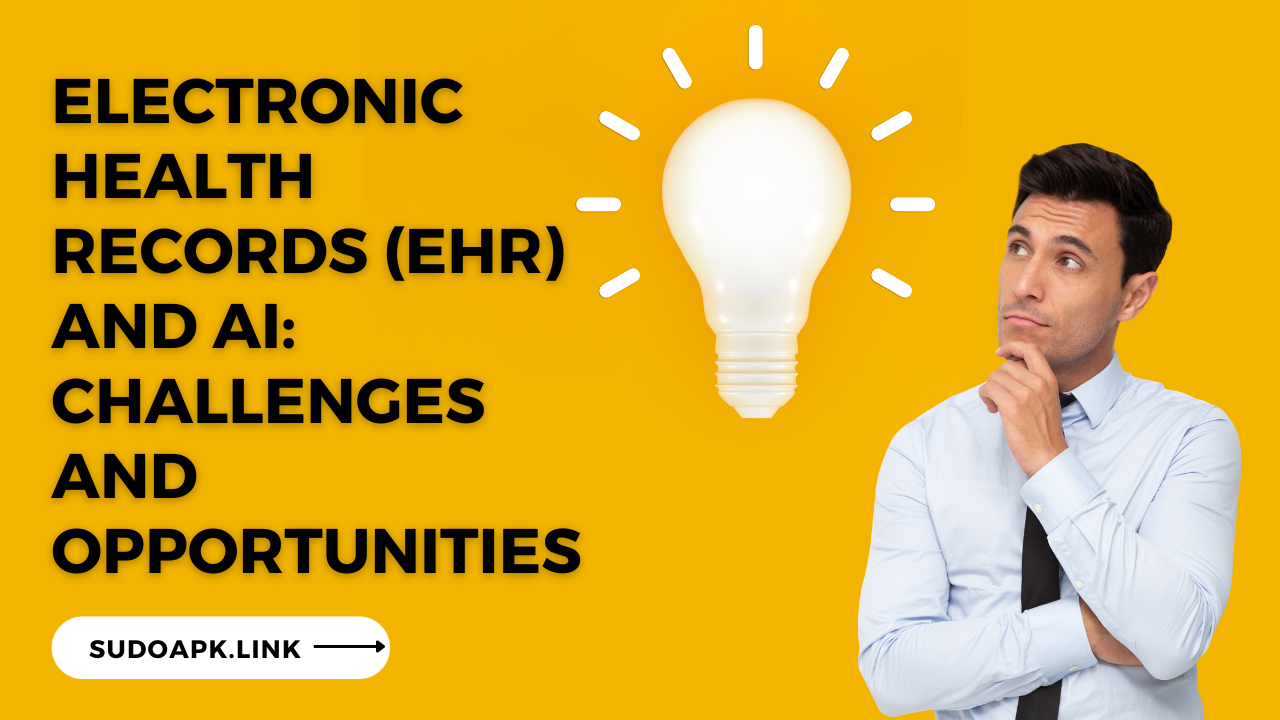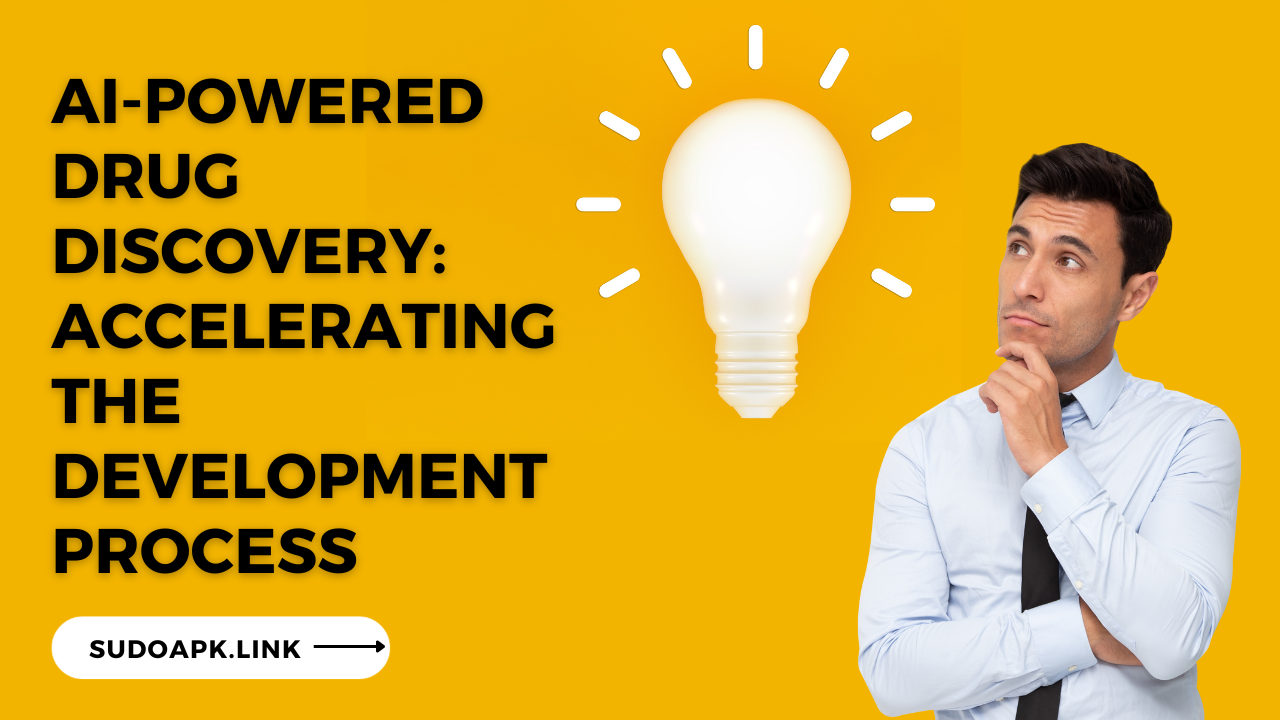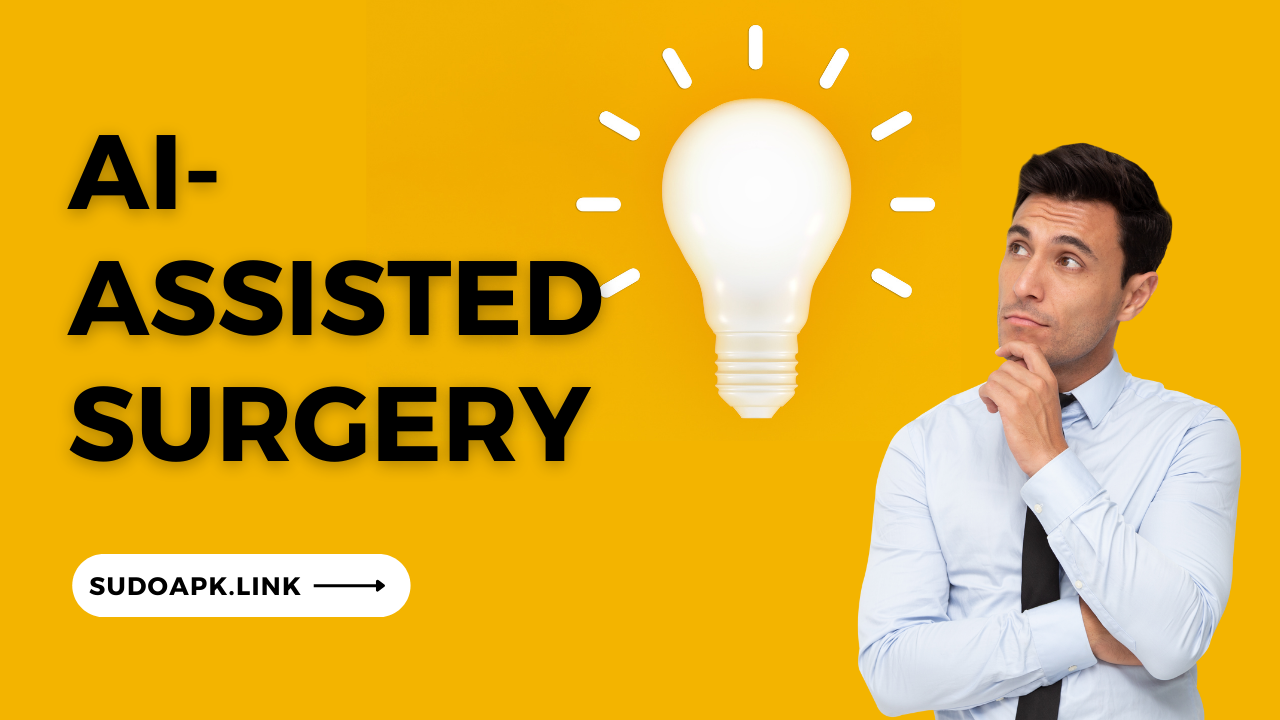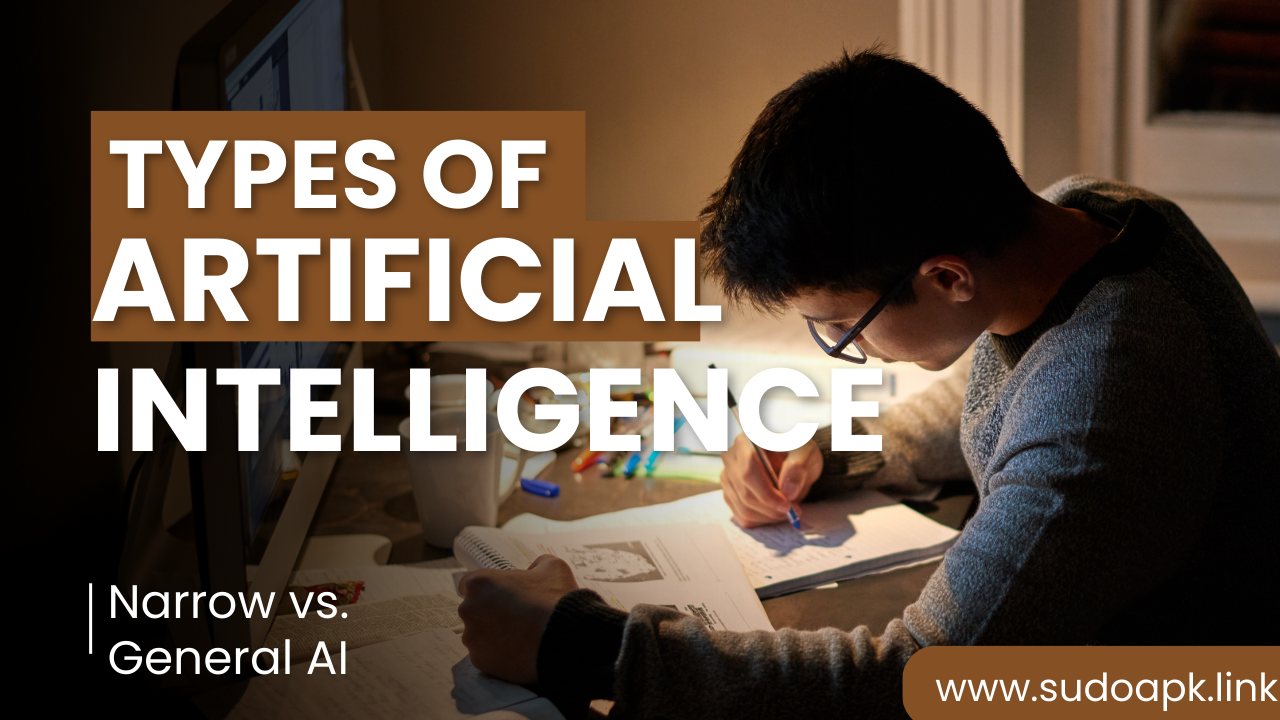Electronic Health Records (EHR) and AI: Challenges and Opportunities
Electronic health records (EHRs) contain a wealth of patient data that can be leveraged by artificial intelligence (AI) algorithms to improve healthcare outcomes. However, implementing AI in healthcare faces several challenges related to data quality, privacy, explainability, and more. This article explores the opportunities and challenges at the intersection of EHRs and AI in healthcare.
Benefits of Applying AI to EHRs
AI has the potential to transform patient care by unlocking insights from EHR data. Some key benefits include:
Precision Medicine AI algorithms can analyze large datasets in EHRs to better understand disease states, genetic factors influencing health, effectiveness of therapies based on patient characteristics, and more. This enables precision medicine - highly targeted prevention and treatment strategies for each patient.
Clinical Decision Support AI systems can scan EHR data to provide context-aware support to clinicians at the point of care. This includes diagnosis suggestions, red flag warnings, treatment recommendations, and predicting future risks.
Patient Risk Stratification Risk stratification involves identifying high-risk patients most likely to need interventions. AI techniques like predictive modeling and machine learning can ingest diverse EHR data to accurately stratify patients.
Operational Efficiency AI can help streamline workflows by automating mundane tasks like paperwork, appointment bookings, billing, and prescription refills. Chatbots and robotic process automation are two technologies that can drive efficiency.
Challenges in Applying AI to EHRs
While the opportunities are plentiful, effectively implementing AI in EHR systems poses several technological and ethical challenges:
Data Quality Issues If the EHR data is incomplete, inaccurate, inconsistent, or lacking context, the AI models will generate misleading outputs. The axiom “garbage in, garbage out” applies here. Maintaining high data quality is essential but difficult with the scale of EHR data.
Interoperability Problems EHR systems often use proprietary formats to store data. This causes interoperability issues in extracting, sharing, and linking EHR data across different platforms to train AI algorithms. Lack of standards for representing clinical data also adds to this challenge.
Bias and Fairness Concerns Because EHR data is used to train AI models, any biases or gaps in patient representation in the data could lead to unfair or prejudicial predictions. For instance, underrepresented minorities in the data may receive less accurate diagnosis or risk forecasts.
Transparency and Explainability Clinicians are less likely to trust an AI application’s predictions if they don’t understand the reasoning behind them. Most AI techniques act as “black boxes”, making it hard to explain their internal logic. So increasing transparency is important but technically challenging.
Privacy Risks Applying AI to patient data requires deidentification to protect privacy. But with enough data points, individuals can potentially be re-identified. Dynamic data masking, strict access controls and consent management are crucial to prevent unauthorized access.
Integration Difficulties Integrating complex AI applications directly into clinical workflows is an engineering challenge. Seamless integration minimizes disruption of existing practices while ensuring patient safety and data security.
Legislative Uncertainty
The legal standards surrounding AI in healthcare are still evolving when it comes to transparency, accountability, privacy, reimbursement models for AI, and more. The lack of clear regulations creates uncertainty for healthcare organizations planning investments in AI.
Strategies for Healthcare Organizations
While substantial obstacles exist, healthcare leaders can take certain steps to successfully harness AI’s power:
Invest in Data Curation and Quality Checks The top priority is developing processes for continuous data cleaning, integration, and enhancement. Manual reviews, outlier detection, metadata tagging, and consolidated data stores are some best practices.
Prioritize Explainable AI Techniques Transparent AI models should be preferred even if performance is slightly lower. Explainability also builds clinician confidence in adopting AI recommendations. Techniques like LIME and SHAP should be explored.
Evaluate AI Responsibly Rigorously monitoring AI systems for metrics like predictive accuracy, fairness, and model drift can reveal potential issues across different patient cohorts before deployment.
Use Hybrid AI Approaches Domain experts can codify clinical heuristics and golden rules to complement data-driven AI. This hybrid approach balances human expertise and data patterns for improved reliability.
Favor Pre-trained Models Leveraging public repositories of pre-trained models can accelerate development. Transfer learning by fine-tuning these models on internal data saves time over training models from scratch.
Conclusion
EHR data combined with AI techniques offers tremendous potential to reshape care delivery. But thoughtfully addressing key challenges around data, transparency, integration, privacy, and governance is crucial to fulfilling this promise. By investing in responsible AI development strategies, healthcare organizations can unlock robust AI applications that profoundly augment clinical decision making and patient outcomes.









Comments (0)
No comments found